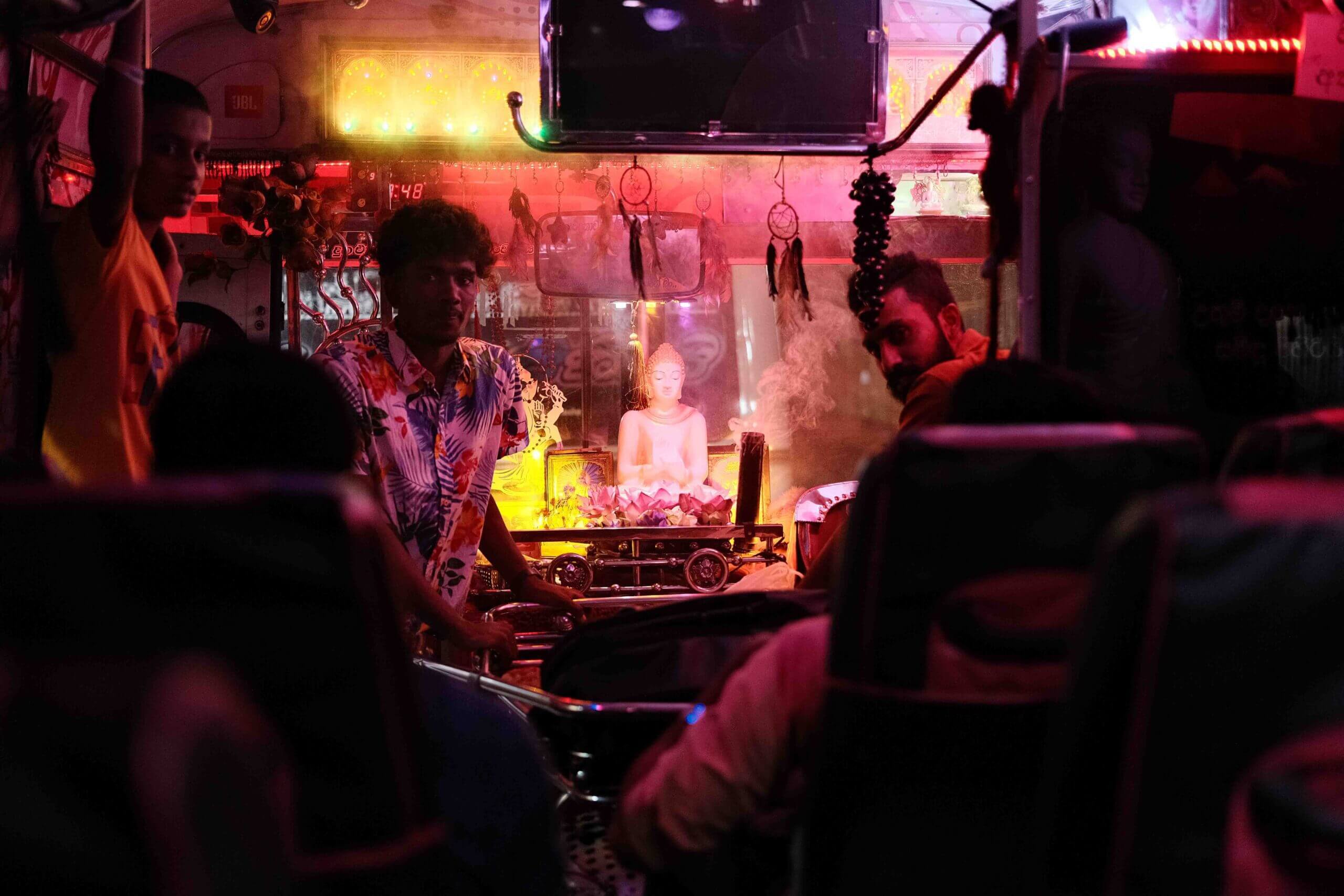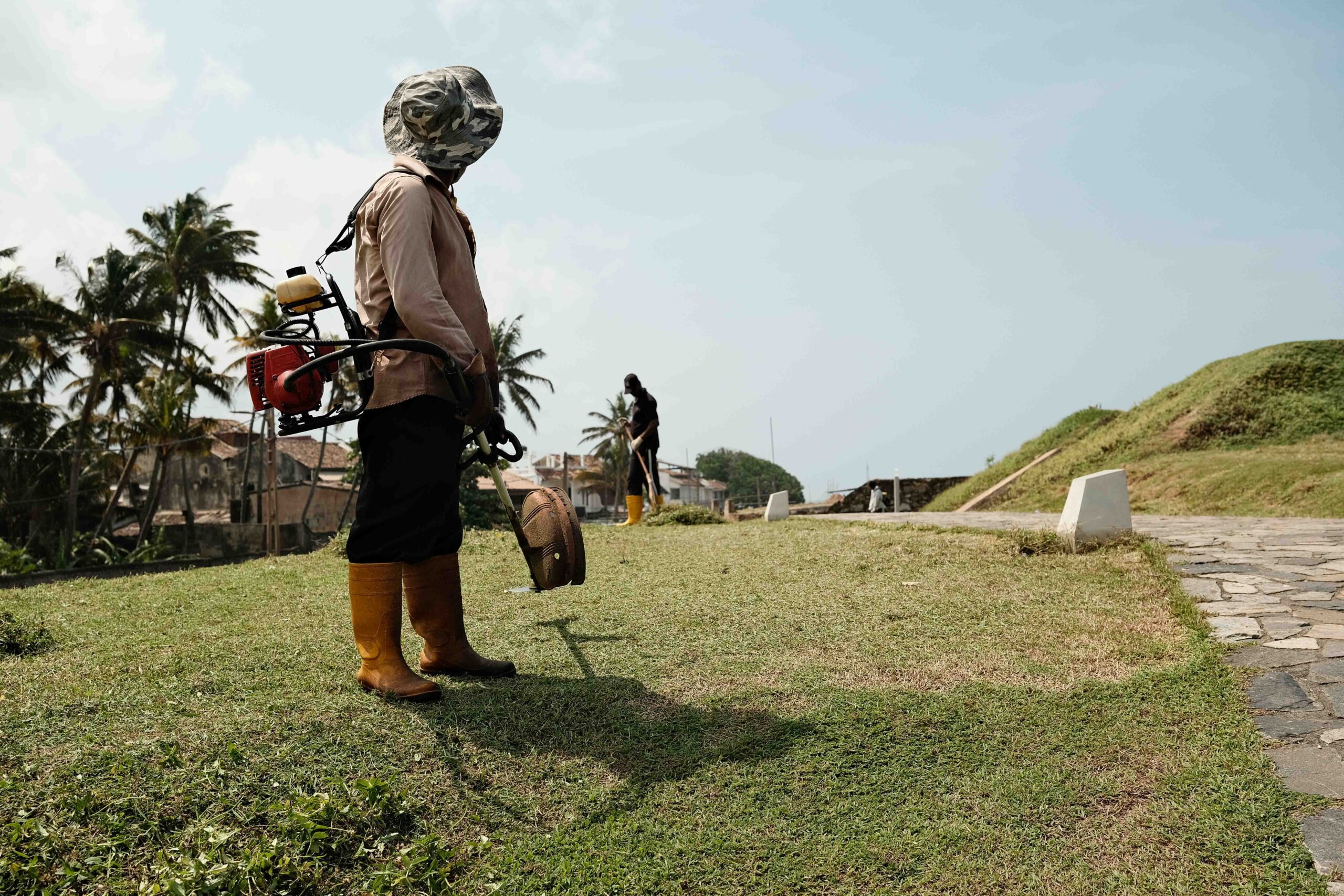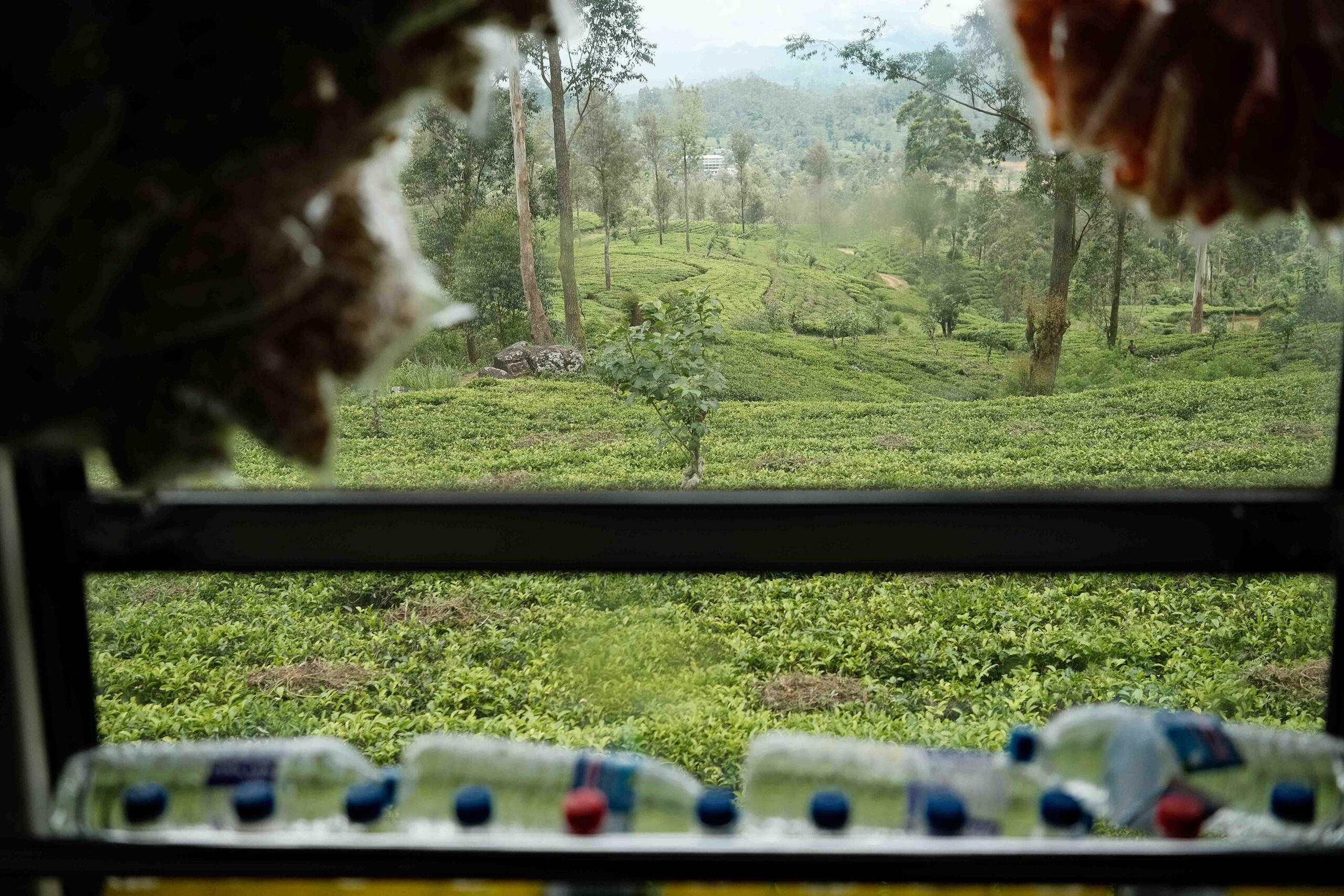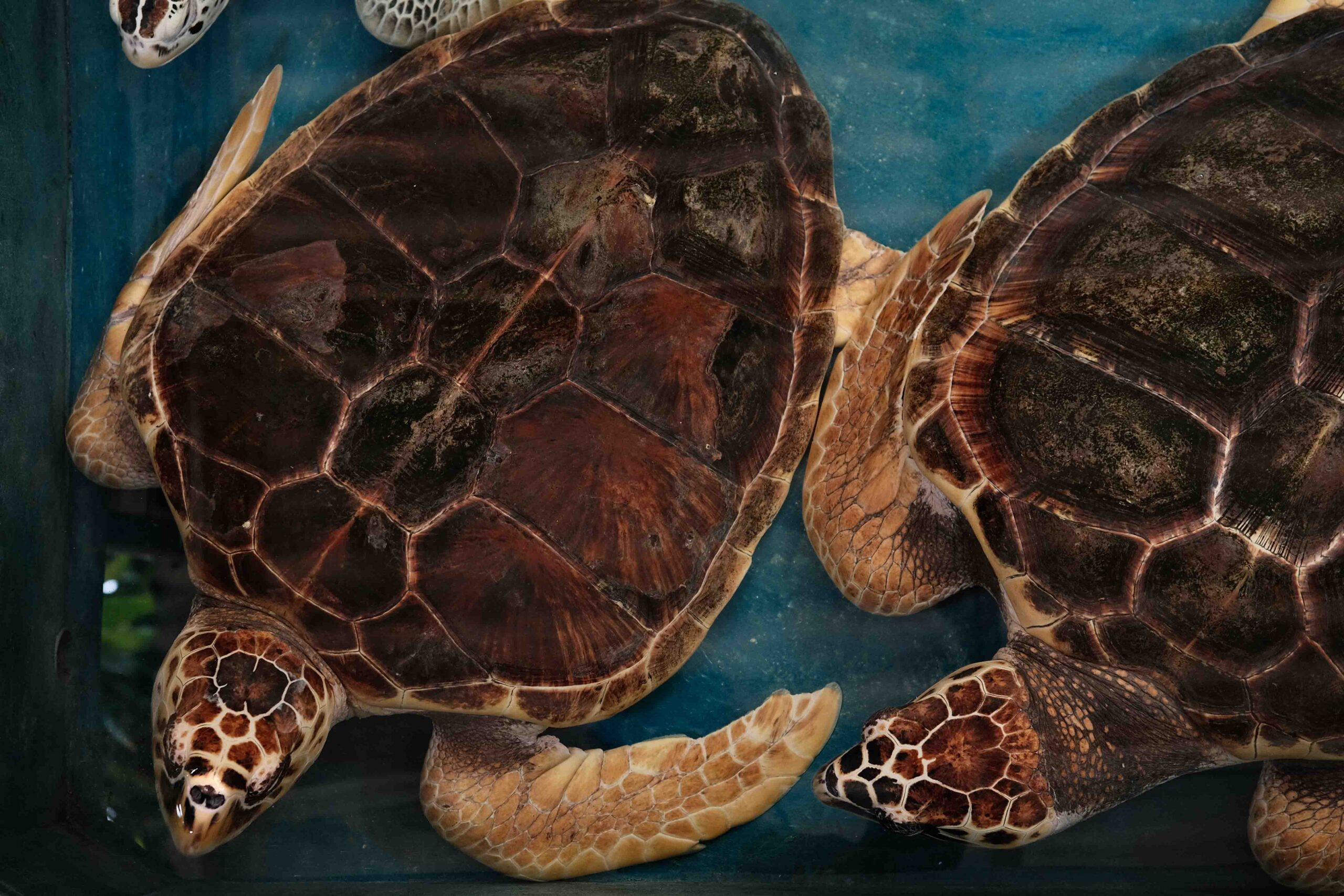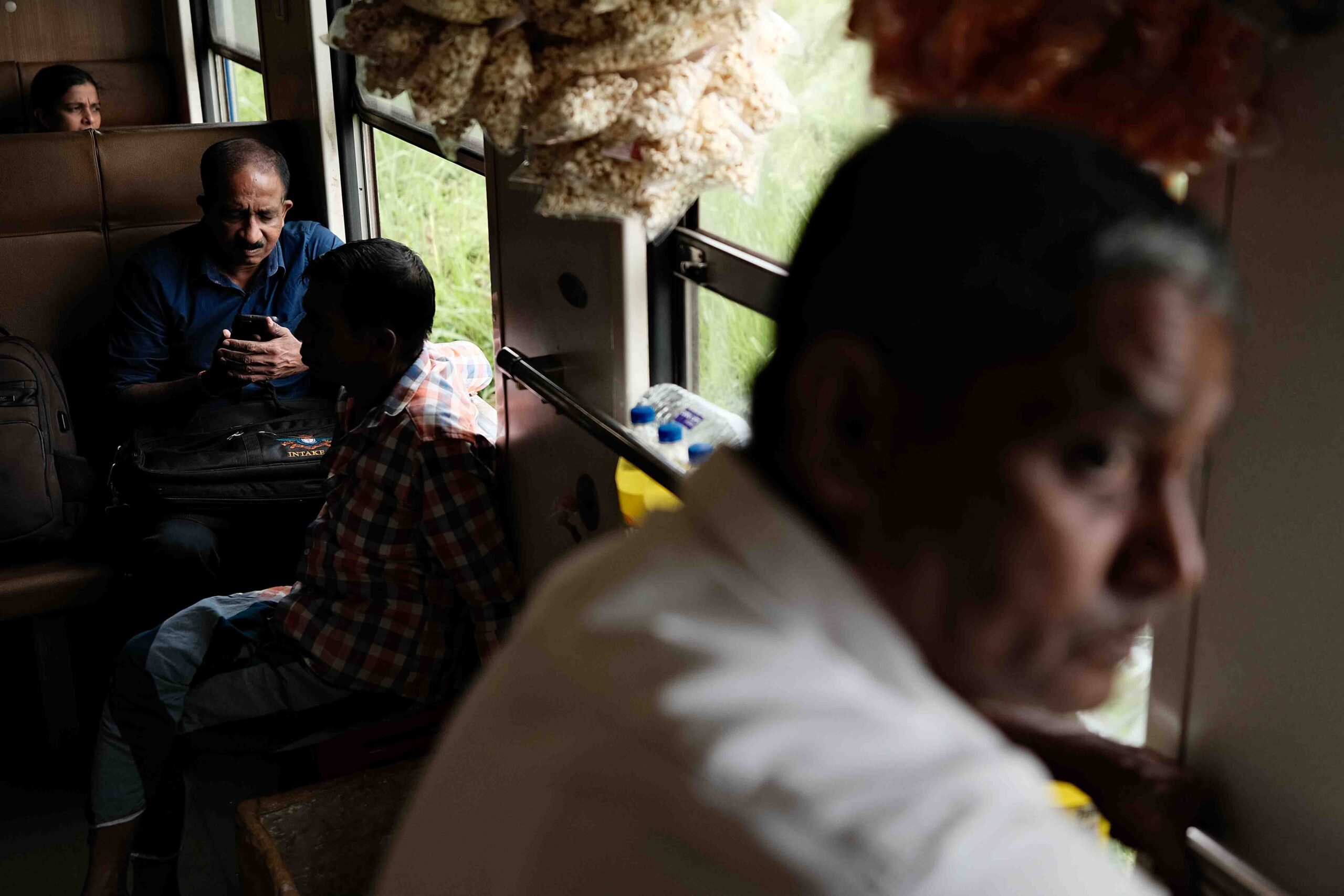Kodachrome is the brand name for a colour reversal film introduced by Eastman Kodak in 1935. It was one of the first successful colour films for cinematography and still photography. For many years, Kodachrome was widely used for professional colour photography, especially for images intended for publication in print media. Fujifilm Classic Film Recipe: Kodachrome 25.
In this recipe article, I test out a Kodachrome 25 recipe during a circuit in the south of Sri Lanka. Be sure to scroll through the reel at the bottom of the page to see all the sample images.



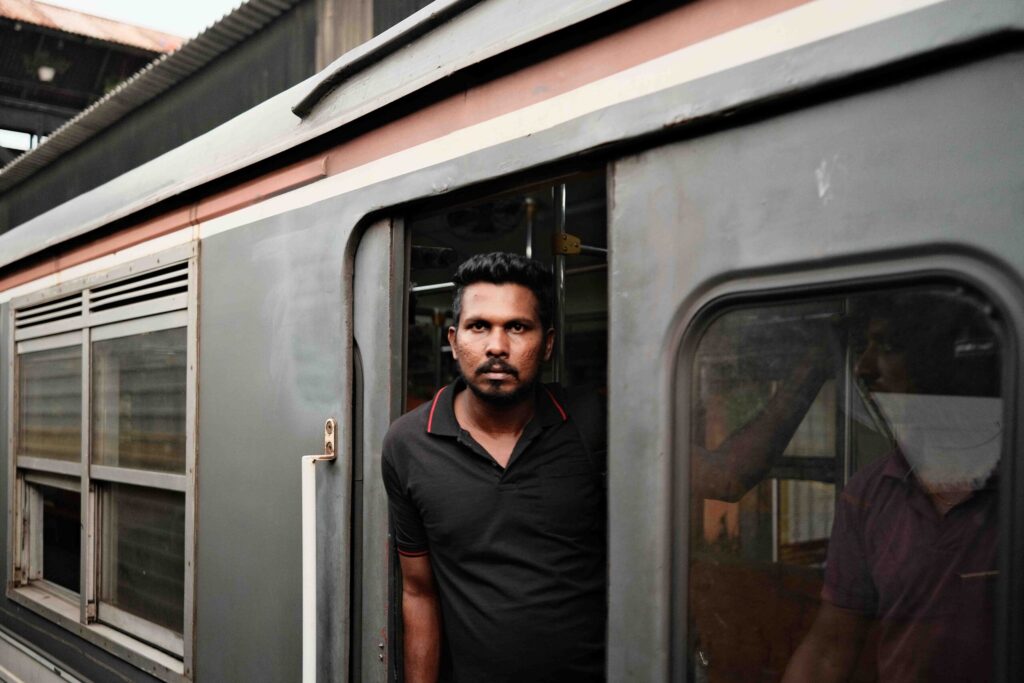

About Kodachrome 25
Kodachrome was the first colour film that used a subtractive colour method and was successfully mass-marketed. Previous materials, such as Autochrome and Dufaycolor, used the additive screen plate methods.
Until its discontinuation, Kodachrome was the oldest surviving brand of colour film. It was manufactured for 74 years in various formats to suit still and motion picture cameras, including 8 mm, Super 8, 16 mm for movies (exclusively through Eastman Kodak), and 35 mm for movies (exclusively through Technicolor Corp as “Technicolor Monopack”) and 35 mm, 120, 110, 126, 828 and large format for still photography.
Kodachrome is appreciated in the archival and professional market for its dark-storage longevity. Because of these qualities, it was used by professional photographers such as Steve McCurry, David Alan Harvey, Peter Guttman and Alex Webb.
McCurry used Kodachrome for his 1984 portrait of Sharbat Gula, the Afghan Girl, for the National Geographic magazine. It was used by Walton Sound and Film Services in the UK in 1953 for the official 16 mm film of the coronation of Elizabeth II of the United Kingdom. Copies of the film for sale to the public were also produced using Kodachrome.



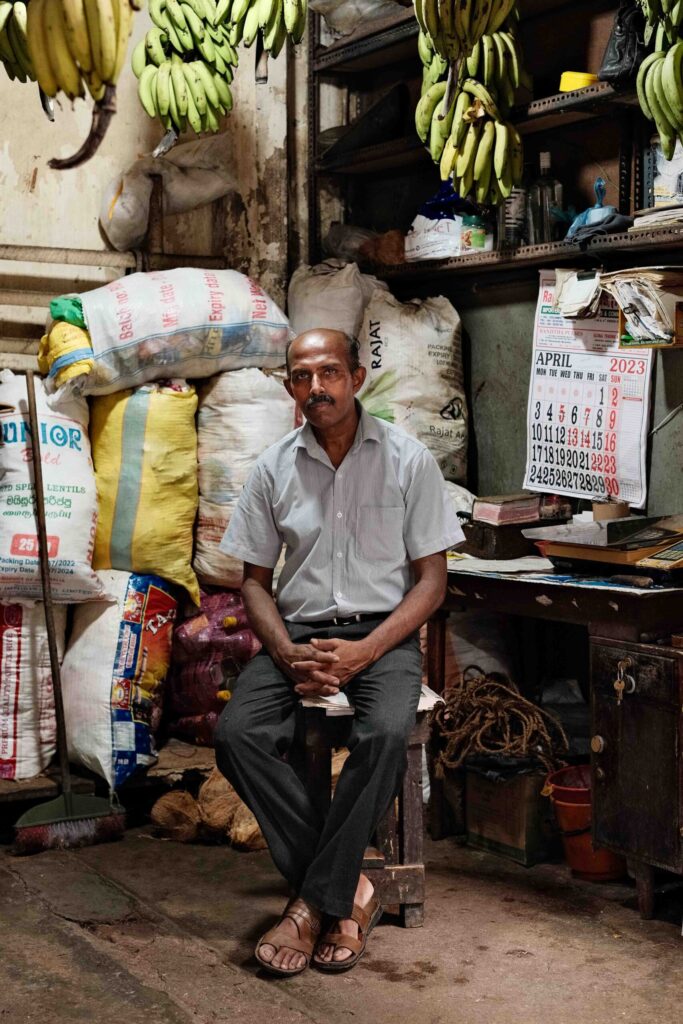


Location
This setting has been loaded into my camera for several weeks and has travelled at length through Sri Lanka. Firstly on a Train from Colombo to Kandy, then hitchhiking from Kandy to Mullaitivu and back. From there, by train through the central province to Ella. Afterwards, heading North, following the west coast to Colombo to complete the circuit.





Observations
The recipe has been a strong all-rounder, not coming across any situations where it was unsuitable. Although unlike some of the previous recipes used, it tends to mute the colours somewhat, doing a disservice to the vibrancy of Sri Lanka.
Nevertheless, for the casual documentary use I wanted from it, it has done a great job. Having a neutral all-rounder recipe allowed me to focus more on the experience rather than worrying about choosing the correct settings for the shots.
This recipe was taken from Fujixweekly, meaning I can’t claim any credit for its production. It was a great setting to travel with for these last few weeks. However, it won’t remain a permanent recipe in my camera. Ultimately, it does not reflect the aesthetics of the original Kodachrome 25 film.
On a positive note the heightened reds lend themselves to the warmer vintage Kodachrome look. Nevertheless, the magic isn’t there for me.
With a slightly increased contrast from the tone curve, a little clarity for shine and some finely sprinkled grain for good measure, perhaps I could achieve something more suited to my personal taste.





Recipe Settings
- Film Simulation: Classic Chrome
- Grain Effect: Off
- Colour Chrome Effect: Strong
- Colour Chrome FX Blue: Strong
- White Balance: +2 Red, -4 Blue
- Dynamic Range: DR400
- Tone Curve: H+0.5, S-0.5
- Colour: +1
- Sharpness: +3
- High ISO NR: -4
- Clarity: +3
View the entire collection of Fujifilm recipes by clicking here.
Another great source of Fujifilm recipes is Fuji x Weekly.





Conclusion
Although this preset may not be my preference, remember that this is my opinion. If you dig this then by all means keep it loaded into your Fujifilm camera for however long you continue to enjoy it.
Additionally, the location, subjects, and lighting conditions you shoot with will inevitably affect the results of your images. Meaning unless you’re going through this circuit in Sri Lanka with the same conditions, your images could look entirely different.
The best thing to do is dial them in and take the camera out for a spin. So get shooting!
What do you think of the results? Let me know your opinions in the comments section below, all feedback and discussion is welcome!
Sample Reel < >
Fujifilm Recipe: Kodachrome 25, Fujifilm Recipe: Kodachrome 25.

